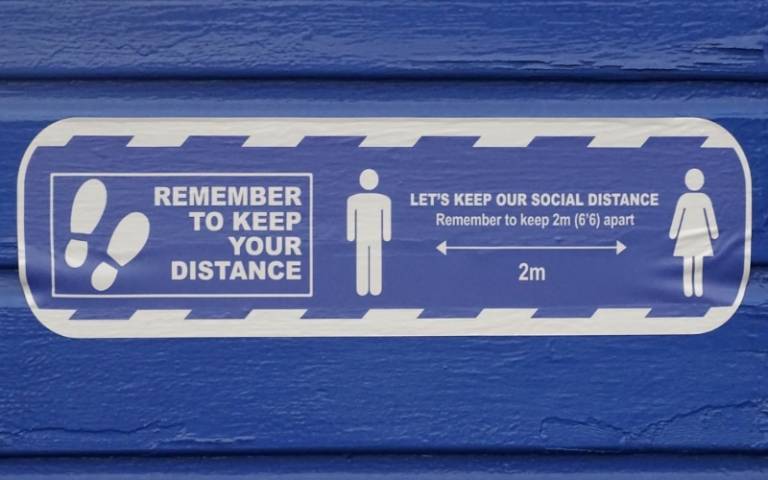New Paper: How did the patterns of social mixing change in England during COVID?
23 June 2022
The CORSAIR team investigates patterns of social mixing in England in line with COVID-19 restrictions. Published June 2022.

Social mixing contributes to the spread of SARS-CoV-2. Based on the CORSAIR study data, this paper presents a composite measure for risky social mixing, which allowed the authors to investigate how behaviour changed over the pandemic, using data from over 20,000 people collected from September 2020 to April 2022. Patterns of social mixing varied over time in line with restrictions. Engaging in highest-risk social mixing was associated with being younger, being less worried about COVID-19, perceiving a lower risk of COVID-19, perceiving COVID-19 to be a less severe illness, thinking the risks of COVID-19 were being exaggerated, not agreeing that one’s personal behaviour had an impact on how COVID-19 spreads, and not agreeing that information from the UK Government about COVID-19 can be trusted. While these psychological factors showed some relationship with behaviour and can be changed through public health messaging, achieving large changes in risky social mixing quickly may need Government to mandate restrictions.
The paper was led by Dr Louise Smith, and the CORSAIR team is led by Prof James Rubin, both at the NIHR Health Protection Research Unit at King's College London. The project also includes UCL's Profs Henry Potts and Susan Michie. More work from the CORSAIR team is detailed on the project website, http://epr.hpru.nihr.ac.uk/our-research/research-themes/response/corsair-study .
 Close
Close

